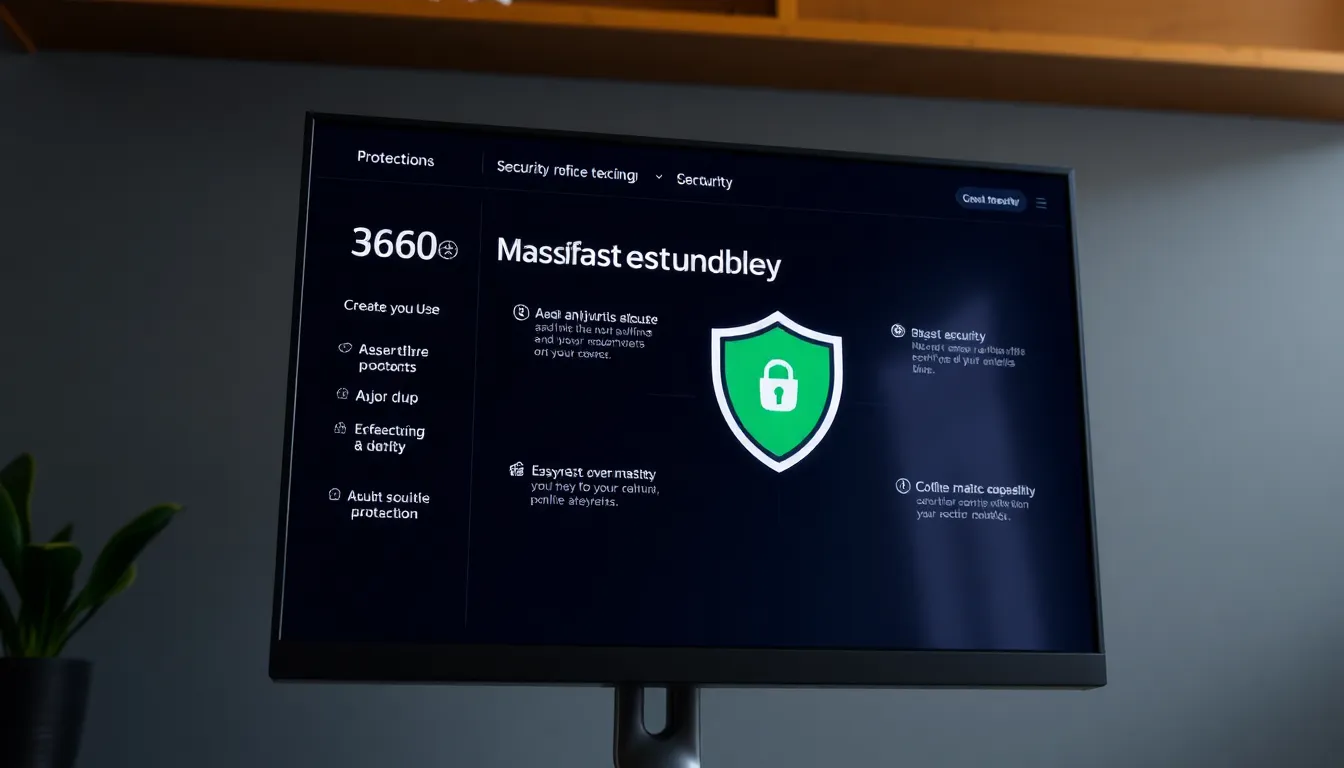Understanding Customer Retention Software
What is Customer Retention Software?
Customer retention software is a specialized tool designed to help businesses keep their existing customers engaged, satisfied, and returning. Unlike acquisition-focused software, which emphasizes obtaining new customers, retention software focuses on strategies and solutions that enhance the customer experience, foster loyalty, and minimize churn. This software often integrates various functionalities, including analytics, customer feedback mechanisms, loyalty programs, and personalized communication tools, to create a holistic approach to customer relationship management. By utilizing Customer Retention Software, businesses can not only increase customer satisfaction but also significantly boost their overall profitability.
Importance of Customer Retention in Business
In today’s highly competitive market, customer retention is more critical than ever. Studies suggest that acquiring a new customer can cost five to twenty-five times more than retaining an existing one. This increasing cost highlights the importance of loyalty and retention strategies. Investing in customer retention software allows companies to build strong, long-lasting relationships with their customers, leading to increased lifetime value, reduced churn rates, and ultimately, higher profitability. Additionally, frequent customers tend to provide valuable feedback, which can enhance product development and marketing strategies.
Key Features of Effective Customer Retention Software
When evaluating customer retention software, several key features are critical to ensure its effectiveness:
- Data Analytics: The ability to collect and analyze customer data is essential. Effective platforms track customer behavior, usage patterns, and feedback.
- Segmentation Capabilities: The software should allow businesses to segment their customer base based on various criteria to tailor communications and offers accordingly.
- Automated Engagement Tools: Functions that allow businesses to automate customer interactions, including email marketing, push notifications, and loyalty rewards programs.
- Customer Feedback Mechanisms: Tools for collecting and analyzing customer feedback to identify areas for improvement in products or services.
- Integration Flexibility: A good customer retention software should seamlessly integrate with existing business tools, such as CRM, ERP, and e-commerce platforms, to streamline operations.
Choosing the Right Customer Retention Software
Evaluating Your Business Needs
Before selecting a customer retention software, it’s crucial to evaluate your business’s specific needs. Consider the following factors:
- Size of Your Customer Base: A larger database may require more sophisticated tools for segmentation and analysis.
- Business Model: Different industries may have varying requirements. For example, subscription-based businesses focus heavily on churn reduction, while retail operations may emphasize personalized promotions.
- Current Technology Stack: Assess your existing tools for integration possibilities, ensuring smooth data flow between systems.
- Budget Constraints: Determine how much you can invest in customer retention software. Costs can vary significantly depending on features and scalability.
Top Customer Retention Software Options
With numerous options available, here are some of the top customer retention software platforms currently available:
- Custify: Best known for its intuitive interface and comprehensive analytics tools.
- Userpilot: Excellent for SaaS companies, providing in-context onboarding and feature adoption tools.
- HubSpot CRM: Combines customer relationship management with powerful marketing and retention tools.
- Kissmetrics: Focuses on deep customer insights and behavioral analysis.
- Mixpanel: Offers advanced product analytics to improve user engagement.
- Optimove: Utilizes AI to personalize customer engagement strategies effectively.
- Hotjar: Provides visual insights through heatmaps and session recordings to enhance user experience.
Comparing Pricing and Features
Pricing for customer retention software can vary widely based on features and scalability options. While some platforms offer basic functionality at lower costs, others provide more advanced features with a higher price tag. When comparing options, consider:
- Trial Periods: Many vendors offer free trials. Utilize this option to test out the software to determine if it meets your needs before making a financial commitment.
- Feature Sets: Compare features and tools across different platforms, ensuring they align with your business goals and customer engagement strategies.
- Customer Support: Evaluate the level of customer support provided, including onboarding assistance and ongoing help for any technical issues.
- Scalability: Consider whether the software can grow with your business, allowing for an increase in user accounts and customer engagement functionalities as your needs expand.
Implementing Customer Retention Strategies
Integrating Software with Existing Systems
Once the ideal customer retention software has been selected, the next step is its integration with existing systems. Seamless integration is essential to ensure that data flows smoothly between platforms, reducing manual entry and errors:
- API Utilization: Use APIs to integrate your new customer retention software with CRM, marketing, and sales platforms.
- Data Migration: Transfer historical customer data to ensure comprehensive insights from the outset.
- Staff Training: Invest in staff training to ensure that all users are comfortable and proficient with the new tool.
Best Practices for Onboarding
The onboarding process for your customer retention software should be thorough to maximize user adoption and effectiveness:
- Set Clear Objectives: Define what you aim to achieve with the new software, such as reducing churn rates or enhancing customer satisfaction.
- Provide Documentation: Create or provide access to detailed guides and tutorials to assist users in navigating the software effectively.
- Regular Check-ins: Schedule follow-up meetings to discuss progress, challenges, and additional training needs
Engaging Customers Throughout Their Journey
Customer engagement is critical to successful retention strategies. Effective use of customer retention software can help businesses maintain ongoing engagement by:
- Utilizing Personalized Communications: Deliver targeted messages that resonate with customers based on their behavior and preferences.
- Implementing Loyalty Programs: Reward customers for repeat purchases and encourage ongoing loyalty through incentives.
- Monitoring Engagement Metrics: Regularly review customer engagement levels and adjust strategies to maintain interest and satisfaction.
Enhancing Customer Experience with Retention Software
Leveraging Data Analytics
Data analytics is a cornerstone of customer retention software, allowing businesses to harness customer insights to enhance engagement and satisfaction. By analyzing behavioral patterns, companies can:
- Identify Trends: Spot trends in customer behavior over time, informing product development and marketing strategies.
- Segments Customers Effectively: Use analytics to categorize customers according to their behaviors, preferences, and demographics.
- Optimize Marketing Campaigns: Enhance the effectiveness of marketing campaigns by targeting specific segments with appropriate messages and offers.
Creating Personalized Customer Interactions
Personalization is key to effective customer retention. Leveraging customer data can lead to tailored experiences that improve overall satisfaction:
- Customized Content: Use insights from customer data to create personalized content that resonates with individual users.
- Premium Support: Offer excellent customer service through personalized interactions, addressing specific concerns quickly and effectively.
- Timely Rewards: Recognize customer milestones, such as anniversaries or birthdays, with personalized rewards or discounts.
Improving Customer Feedback Loops
Customer feedback is invaluable for continuous improvement. Effective retention software should facilitate robust feedback loops, enabling businesses to:
- Collect Feedback Promptly: Use surveys and feedback forms after key interactions to gather insights while the experience is still fresh.
- Analyze Feedback Data: Regularly analyze feedback to identify actionable insights and areas for improvement.
- Act on Customer Suggestions: Show customers that their opinions matter by implementing changes based on their feedback.
Measuring Success in Customer Retention
Key Performance Indicators (KPIs) to Monitor
Understanding the effectiveness of your customer retention strategies is vital. The following KPIs are essential for measuring success:
- Customer Retention Rate: The percentage of customers retained over a specific period, indicating the effectiveness of retention efforts.
- Churn Rate: The percentage of customers lost during a specific time frame, which directly reflects customer satisfaction and loyalty.
- Customer Lifetime Value (CLV): A projection of the total revenue a business can expect from a single customer account throughout their relationship with the company.
- Net Promoter Score (NPS): A metric indicating customer loyalty and satisfaction based on the likelihood of customers recommending your business to others.
Using Reports to Drive Strategy
Comprehensive reporting features within customer retention software can provide valuable insights and guide strategic planning. By regularly reviewing reports, businesses can:
- Identify Areas for Improvement: Pinpoint weak spots in customer engagement and satisfaction that require attention.
- Track Progress Towards Goals: Measure progress against retention goals, adjusting strategies as necessary.
- Benchmark Against Industry Standards: Compare performance with industry benchmarks to understand competitive positioning.
Adapting Strategies Based on Performance Data
Flexibility in retention strategies is crucial. Utilizing performance data allows businesses to make informed adjustments:
- Focus on High-Value Segments: Direct efforts toward retaining high-value customers based on their historical spend and engagement metrics.
- Refine Marketing Messages: Continuous testing and adaptation of marketing messages based on customer response data.
- Iterative Improvements: Regularly refine processes and strategies based on ongoing data analysis and feedback.













Leave a Reply